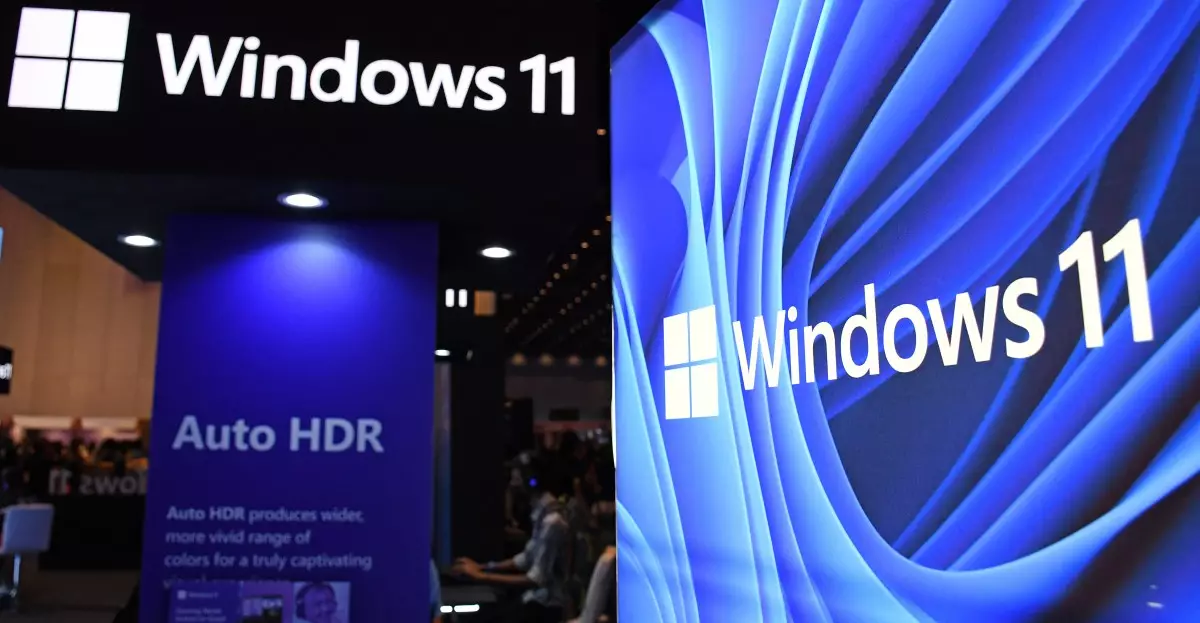In the ongoing saga of technology troubleshooting, few situations highlight the chaos of modern hardware-software interactions as clearly as the recent SSD failures associated with Windows 11 updates. Public perception, fueled by social media outrage and YouTube scandals, often jumps to blame wherever failure occurs, but the reality is far more nuanced. While initial reports fingered Windows 11 security patches as culprits, deeper investigation reveals a layered problem rooted in firmware states and testing conditions. It underscores a critical flaw in how the tech community and consumers interpret hardware issues—quickly pointing fingers at software developments without considering the underlying hardware readiness or firmware stability.
Firmware: The Hidden Culprit or Convenient Scapegoat?
One glaring misconception is the assumption that software updates like Windows 11 security patches directly disrupt SSD functionality. However, expert analysis from manufacturers such as Phison reminds us that firmware versions play a pivotal role. Many of the reported failures are traced back to early access or preview firmware, which are inherently unstable and not indicative of the firmware deployed in consumer units. The fact that these problems are predominantly observed in testing environments using pre-release firmware underscores the importance of firmware maturity in the reliability equation. It’s a stark reminder that hardware interoperability hinges significantly on firmware that has been thoroughly tested and validated. Without this, even a benign Windows update can expose underlying vulnerabilities or instabilities in a test scenario—yet, this does not mean the update caused the failure.
Responsibility, Misinformation, and the Power of Narratives
The rapid dissemination of blame, particularly on platforms like YouTube and TikTok, reflects a larger issue: the tendency for communities to latch onto sensational narratives rather than seek comprehensive understanding. YouTubers like JayzTwoCents amplified fears by showcasing failing drives in dramatic fashion, often without clarifying the firmware state or testing conditions of the hardware involved. Such coverage can create a feedback loop where panic eclipses rational analysis, leading consumers to believe that Windows itself is sabotaging hardware. Meanwhile, Microsoft’s public statements, claiming no causal link, are often drowned out by the louder voices of crisis-driven content creators. This dynamic not only distorts consumer perception but can also influence policy decisions and user confidence adversely.
The Real Lesson: Preparedness and Informed Troubleshooting
A mature approach to hardware-software conflicts must recognize the importance of firmware updates, proper testing environments, and nuanced diagnostics. Users and media alike should pay greater attention to firmware versions and hardware conditions before attributing failures solely to software updates. Manufacturers have a responsibility to educate users about firmware updates and provide clear pathways to maintain hardware stability. Similarly, tech enthusiasts need to approach such issues with skepticism toward unverified claims and rash assumptions. Only through this critical lens can the industry move toward more resilient systems—where updates reinforce, rather than inadvertently destabilize, core hardware functions.
By peeling back superficial narratives and appreciating the intricate dance between firmware stability, hardware maturity, and software design, we can forge a more realistic and constructive perspective. The failures reported are as much about hardware readiness as they are about software updates—highlighting a vital lesson in technological humility and the importance of ongoing diligence in system maintenance.

